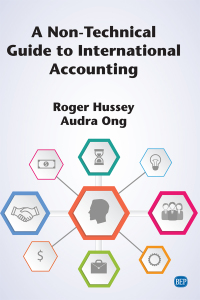Question
19. Brown invested $200,000 and Freeman invested $150,000 in a partnership. They agreed to an interest allowance on the partners beginning-year capital investments of 10%,
19.
Brown invested $200,000 and Freeman invested $150,000 in a partnership. They agreed to an interest allowance on the partners beginning-year capital investments of 10%, with the remaining balance to be shared equally. Under this agreement, the shares of the partners when the partnership earns $205,000 in income are:
Multiple Choice
-
$117,143 to Brown; $87,857 to Freeman.
-
$122,500 to Brown; $82,500 to Freeman.
-
$105,000 to Brown; $100,000 to Freeman.
-
$112,750 to Brown; $92,250 to Freeman.
-
$102,500 to Brown; $102,500 to Freeman.
18.
Cox, North, and Lee form a partnership. Cox contributes $180,000, North contributes $150,000, and Lee contributes $270,000. Their partnership agreement calls for the income or loss division to be based on the ratio of capital invested. If the partnership reports income of $173,000 for its first year, what amount of income is credited to Cox's capital account? (Do not round your intermediate calculations.)
Multiple Choice
-
$51,900.
-
$77,850.
-
$59,400.
-
$43,250.
-
$57,667.
17.
Barber and Atkins are partners in an accounting firm and share net income and loss equally. Barber's beginning partnership capital balance for the current year is $368,000, and Atkins's beginning partnership capital balance for the current year is $371,000. The partnership had net income of $381,000 for the year. Barber withdrew $62,000 during the year and Atkins withdrew $107,000. What is Barber's ending equity?
Multiple Choice
-
$499,500
-
$687,000
-
$749,000
-
$496,500
-
$558,500
Step by Step Solution
There are 3 Steps involved in it
Step: 1

Get Instant Access to Expert-Tailored Solutions
See step-by-step solutions with expert insights and AI powered tools for academic success
Step: 2

Step: 3

Ace Your Homework with AI
Get the answers you need in no time with our AI-driven, step-by-step assistance
Get Started


